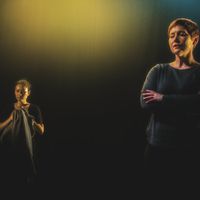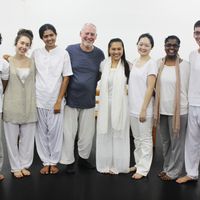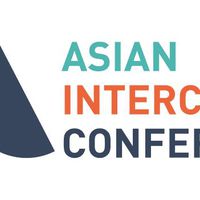A look back at the Asian Intercultural Conference 2017 | Interview with T. Sasitharan
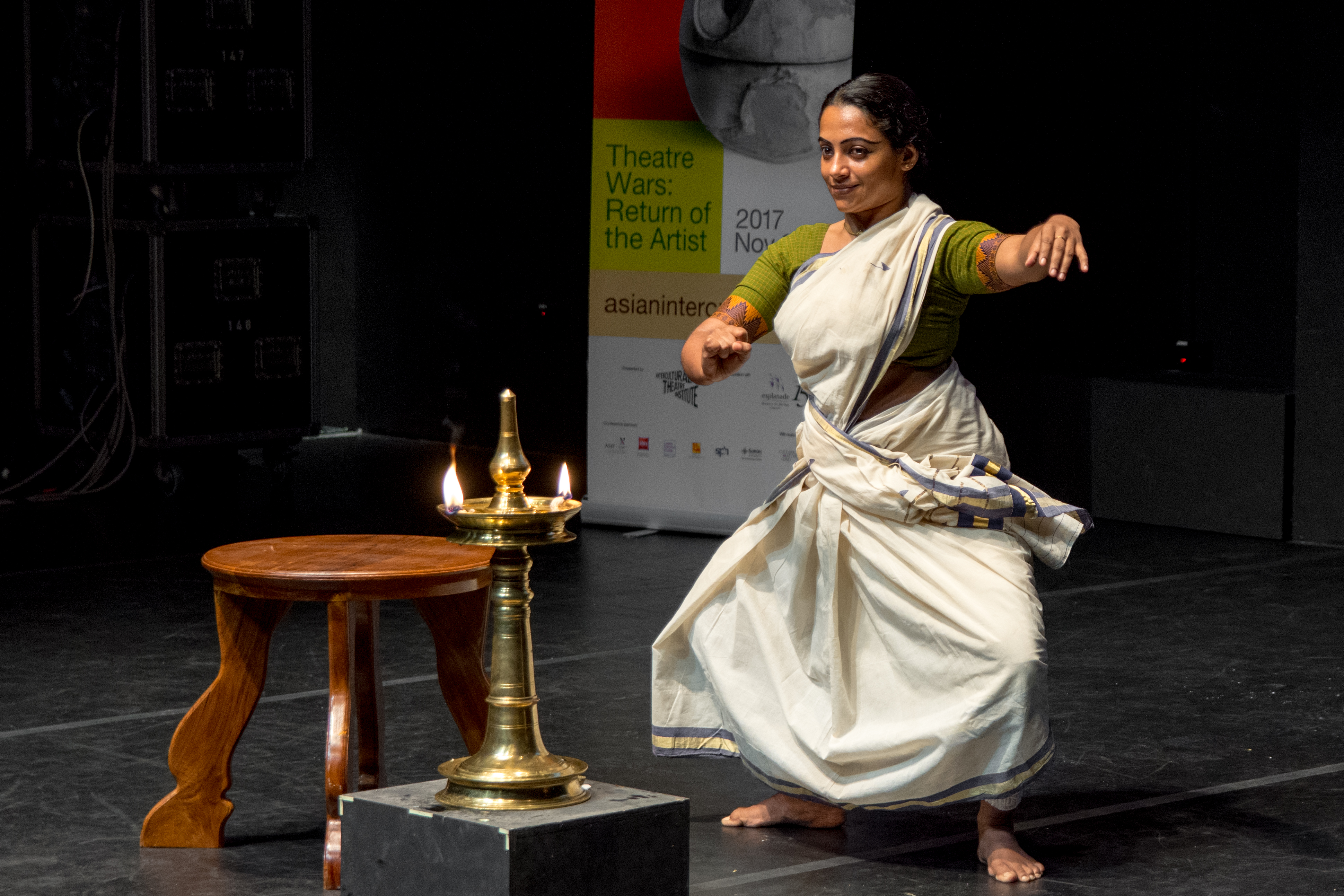
As part of the media partnership with Intercultural Theatre Institute (ITI), culture360 has interviewed its director and co-founder T. Sasitharan on the results of the the Asian Intercultural Conference organised last November in Singapore.
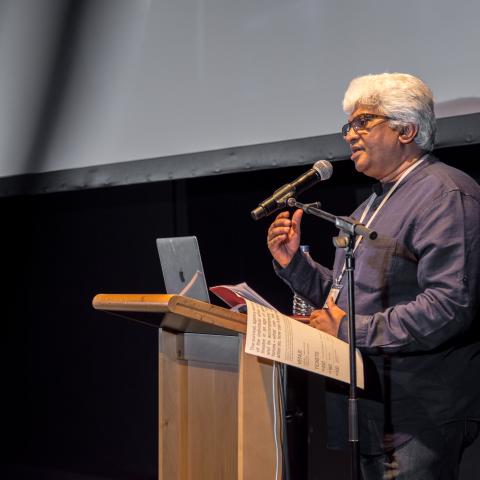
How did the conference go? Did it meet your expectations in terms of participation and engagement?
In my opinion, the Asian Intercultural Conference (AIC) 2017 was a resounding success.
Given it’s specialised subject matter and themes (actor training, theatre-making, interculturalism and the gobalisation of the theatre production process) we were able to attract a wide and diverse spectrum of delegates and participants. Moreover, the quality of the presentations and, more importantly, the level and tenor of the discussions that followed were excellent and informative.
One of the aims of AIC is to extend and reach out to new audiences for intercultural or transcultural theatre production. In a modest way, AIC achieved this end. However, the primary aim of AIC is to spark and enable research and critique of ITI’s work and its impact on the theatre communities of the world. In this, AIC was clearly a success. We are hopeful that the proceedings of AIC will be the basis of at least one academic review/report in a specialist journal and form part of a book publication on Intercultural Actor Training and Rehearsal Process, expected at the end of 2019.
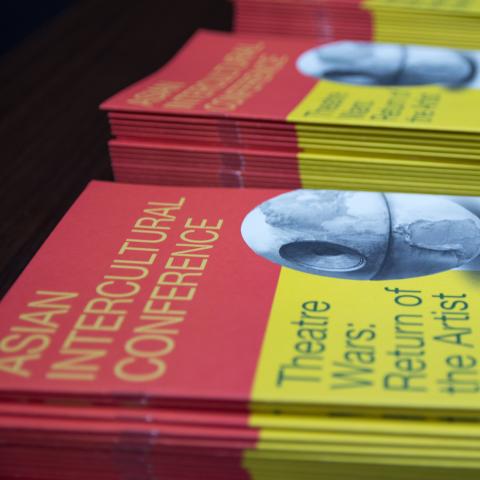
Based on the results and feedback from this year, is there anything you would change or improve for next edition?
The AIC 2017 experience indicates that we must continue to reach out to new audiences rather than squarely focusing on professionals and specialists working solely on intercultural practice. The need to spread the word on intercultural practice, techniques, methods and approaches in actor training and theatre making, is potentially of interest to wider theatre and, indeed, the arts community. Designing and managing intercultural exchange and collaboration, ensuring the integrity of practical and philosophical structures and rigour for such exchange to happen, deepening research on the diversity of intercultural practice around the world and widening the net by including practices from Africa, Northern & (former) Eastern Europe and Central Asia are some of the new domains we will explore for inclusion in the next edition.
However, the basic structure of the AIC will be adhered to. These are:
- A first day of keynote lectures laying the conceptual and theoretical foundations and framework for the exchanges and discussions to follow;
- 3 days of intensely practice-orientated, practicums centred on prepared lecture demos using current ITI students;
- Media-centred work presentations elaborating directorial, dramaturgical and production processes of theatre-making;
- Panel discussions involving former students and other practitioners opening themselves up to questions and queries from the audience.
We have found this structure to be effective and flexible in accommodating the diversity and differences inherent to current intercultural theatre practice.
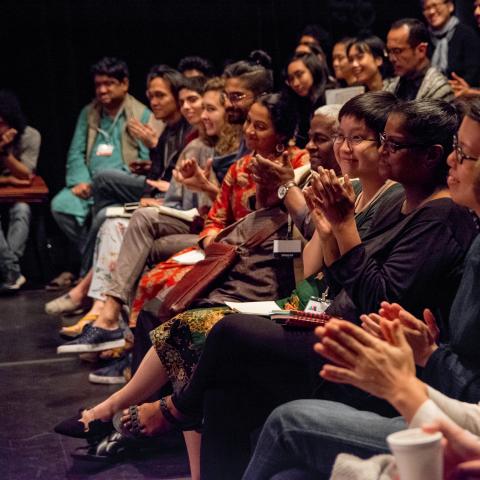
This year’s theme was looking at the independence of the artists in the age of globalisation. Did the conference provide any answers to this debate?
AIC 2017 did provide answers to this difficult and increasingly significant issue given advances in technology, international trade and the mobilisation of people on one hand, and the trenchant, bellicose intransigence of the divisive politics of movements like Trumpism and Brexit.
However, as you would expect, the answers are complex and deeply embedded in the cultural identities and artistic contexts of the practitioners. Dialogue, negotiation and compromise in dealing with differences and growing a listening ear with open hearts are absolutely necessary in considering the independence of artists in the face of rampant globalisation.
Attention to the details of artistic processes that complicate notions of ownership, cultural rights and copyright, rather than focusing solely on the "market-value", commercial interest and price-points of the product is critical to the determination of commissions and the content of festival programming. Engaging with artists as individuals, understanding their needs, politics and concerns before deciding on selection criteria, production processes, framing and marketing is also critical.
In a nutshell, cultural leaders, producers, artistic directors and civil servants managing the arts must cultivate a deeper, nuanced understanding of contexts, differences and the contested histories and social trajectories of the work of artists rather than attempting to reduce these teeming, raucous, masses of creative chaos to fit the funnel of markets.
AIC showed that there has to be change and movement on both sides of the divide - artists and producers - for art to be free and independent while at the same time being alive and responsive to the needs of various publics and audiences they must ultimately serve.
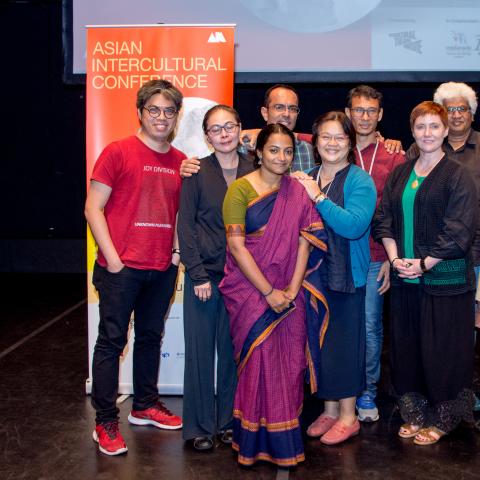
Are there any interesting trends in the development of contemporary theatre in the region that in your opinion are worth mentioning?
The pendulum's swing at the moment favours the markets, the populists and the merchants of art. But pendulums always swing back. And I expect that with the availability of technology, both as a medium of art-making and a means of reaching out and communicating with audiences, niche interests in arts and aesthetics will rise to prominence.
While it may appear to be tautaulogous, "bespoke art" small, customised, exclusive creations of beauty, irony, tragedy, comedy or some other register will be available on demand to more people who want it. There will also be new forms of patronage.
This is, of course, the whole point of art - that works be unique, original, innovative and new; given the pressures of market forces and populism an industrial superstructure has arisen to facilitate the needs of just the markets. Artists will retake the field with a kind of radical aesthetic. The rise of radical aesthetics is the brave new world of art. It will be driven and forged by a very small number of highly innovative, daring and extremely skilled artists-geniuses-entrepreneurs - the new Picassos of global domains; in fact, it already upon us. Think of innovations in architecture, product-design and advertising - the root of these is radical aesthetics.
Similar content
from - to
27 Nov 2017 - 30 Nov 2017
from - to
19 Sep 2011 - 24 Sep 2011
from - to
25 Nov 2014 - 28 Nov 2014


